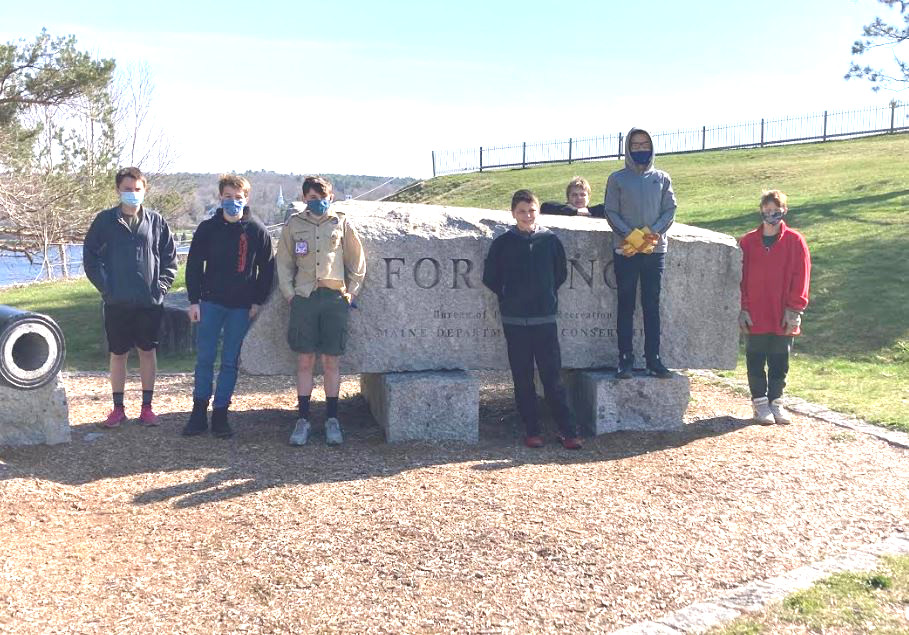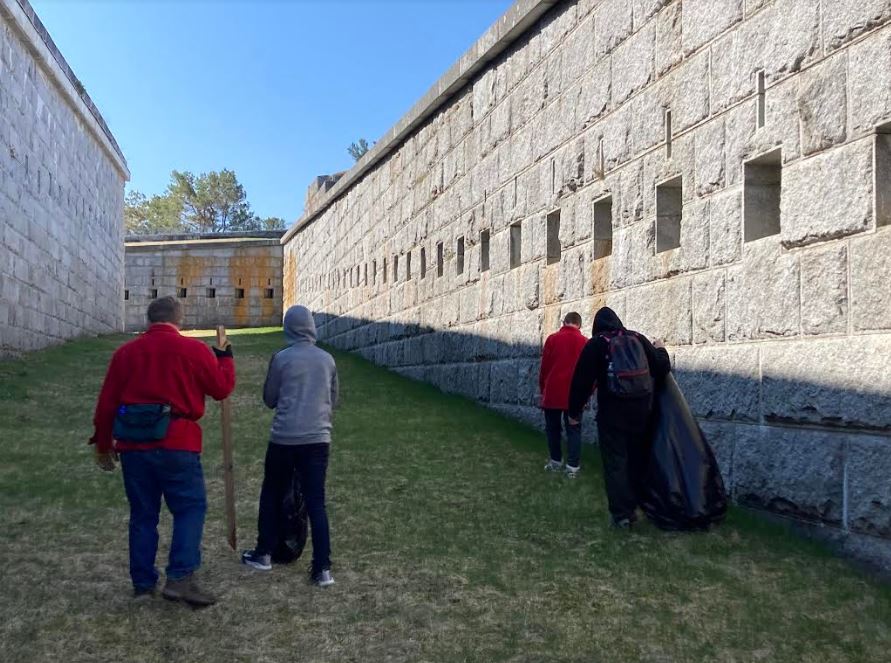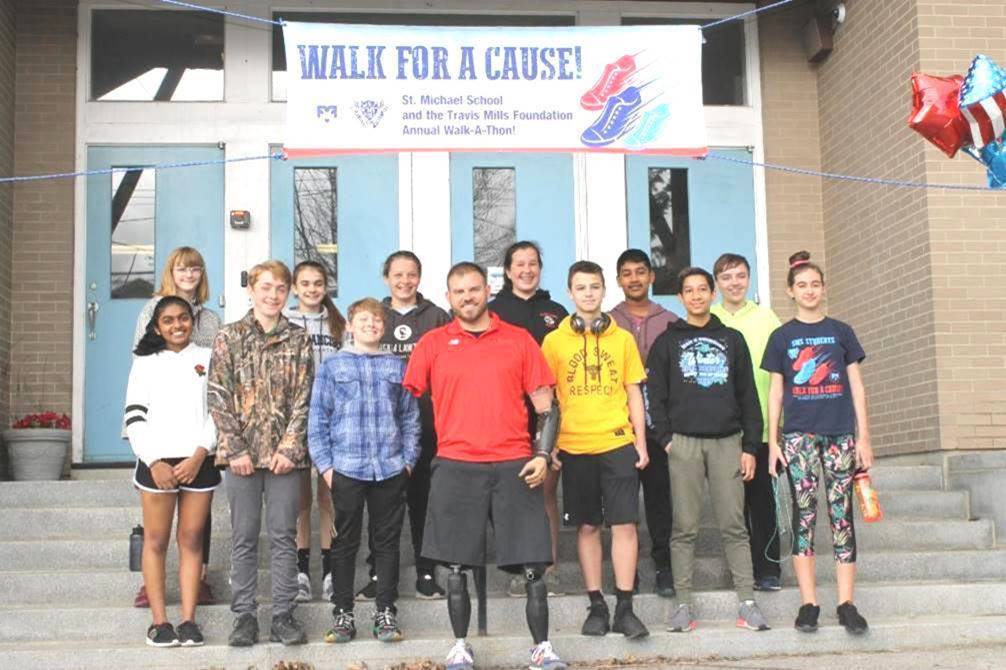
Sergei Prokofiev
Sergei Prokofiev
Sergei Rachmaninoff (1873-1943), Sergei Prokofiev (1891-1953) and Dimitri Shostakovich (1906-1975) are, for me, the three most outstanding 20th century composers to have emerged from Russia. I have written previously of Rachmaninoff and Shostakovich and would like to focus on Prokofiev.
He was a child prodigy as a composer and pianist, dazzling many but also antagonizing them with his arrogance. For example, in performance classes, he would keep lists of his classmates’ mistakes.
His first ballet Chout earned praise from Igor Stravinsky and Maurice Ravel; later he and Stravinsky had a falling out for a few years but Stravinsky considered Prokofiev the greatest 20th century composer, next to himself.
In 1918, he left Russia because the chaos from the Revolution was leaving Prokofiev with little means of earning a living. With the permission of the People’s Commissar, he headed for the United States and achieved success as a pianist. He would also reside in France for several years but, for some mysterious reason, moved back to the Soviet Union in 1936, just as Stalin’s bloodbaths were cranking up.
His music did find favor with the authorities most of the time. However, in 1948, Prokofiev, Shostakovich and Armenian composer Aram Khachaturian (1903-1978) were severely criticized by the government for ‘degenerate formalism’ in their music, the kind of criticism that could have deadly implications for them and their supporters. Such attacks were random, depending on Stalin’s fickleness and paranoia. Prokofiev made a sincere apology and then went on composing as he pleased.
During the early 1920s in Paris, Prokofiev met and married a Spanish singer, Lina Codina (1897-1989) with whom he had two sons, Sviatoslav (1924-2010) and Oleg (1928-1998). Starting in 1940, he began an affair with writer and librettist Mira Mendelson (1915-1968) and divorced Lina in 1947 to marry Mira (the courts ruled his first marriage as null and void because Prokofiev married his first wife in Germany and never asked the Communist government for permission.).
Three months after the divorce, Lina was arrested for espionage because she tried to send money to her mother in Spain. After nine months of interrogation, she was sentenced to 20 years of hard labor in Siberia and released in 1956, leaving Russia for good in 1974.
Because of high blood pressure and other health problems, Prokofiev suffered from frequent dizzy spells and, in 1945, fell, hitting his head on a staircase. He was forced to cut his composing activities down to one hour a day. He died on March 5, 1953, the same day as Stalin. Only 30 people attended his funeral, Shostakovich among them, while his coffin had to be carried by hand to the burial site because no hearse was available due to the lavish spectacle of Stalin’s funeral (among his pallbearers were Mao Zhedong (1893-1976) visiting from China, and KGB chief Laventiy Beria (1899-1953) who would be shot nine months later.).
The composer’s music was distinguished by tart, caustic and bracing rhythms, uniquely captivating harmonies and shimmering melodic beauty. For getting acquainted purposes, I would recommend his very famous Peter and the Wolf, 3rd Piano Concerto, 5th Symphony and Romeo and Juliet ballet. My special favorites are the sizzling Scythian Suite and 3rd Symphony from his earlier years and the magnificent 6th and 7th Symphonies from after World War II. Youtubes of his music are in plentiful supply.
Before he returned to Russia for good in 1936, the composer visited Walt Disney studios, in Hollywood, and was filmed playing music from Peter and the Wolf.
He became a devout Christian Scientist in 1924, believing it beneficial to his high strung personality.
He was also an accomplished chess player.
A quote – “I detest imitation!”
Robert P. T. Coffin
continued
Next paragraph from Robert P.T. Coffin’s essay, Kennebec Crystals:
“February came in murky. But the trotting horses of the Kennebec barns swung around at last and headed north: the thermometer went below zero and stayed there. Everybody began to breathe, again, and the grindstones started singing.”
Take note of the author’s ability to vivify the local scene of more than 150 years ago. One can picture the icicles hanging off beards, lips and nostrils, the inhalations of ‘murky’ air and the grindstones lifting their grating voices in harmony as the sparks fly in those work spaces.
More next week.





 Home health aides are professionals who can help with self-care, housework, cooking and more. They might also perform some basic medical tasks. Home health aides sometimes have medical training, so they might be certified nursing assistants (CNAs) or licensed practical nurses (LPNs). However, there aren’t any specific standards requiring a home health aide to have particular training or certification. If you’re looking for someone to help with any medical-related tasks, ask about certifications when choosing your provider. Medicare or Medicaid might pay for help from a home health aide.
Home health aides are professionals who can help with self-care, housework, cooking and more. They might also perform some basic medical tasks. Home health aides sometimes have medical training, so they might be certified nursing assistants (CNAs) or licensed practical nurses (LPNs). However, there aren’t any specific standards requiring a home health aide to have particular training or certification. If you’re looking for someone to help with any medical-related tasks, ask about certifications when choosing your provider. Medicare or Medicaid might pay for help from a home health aide.





